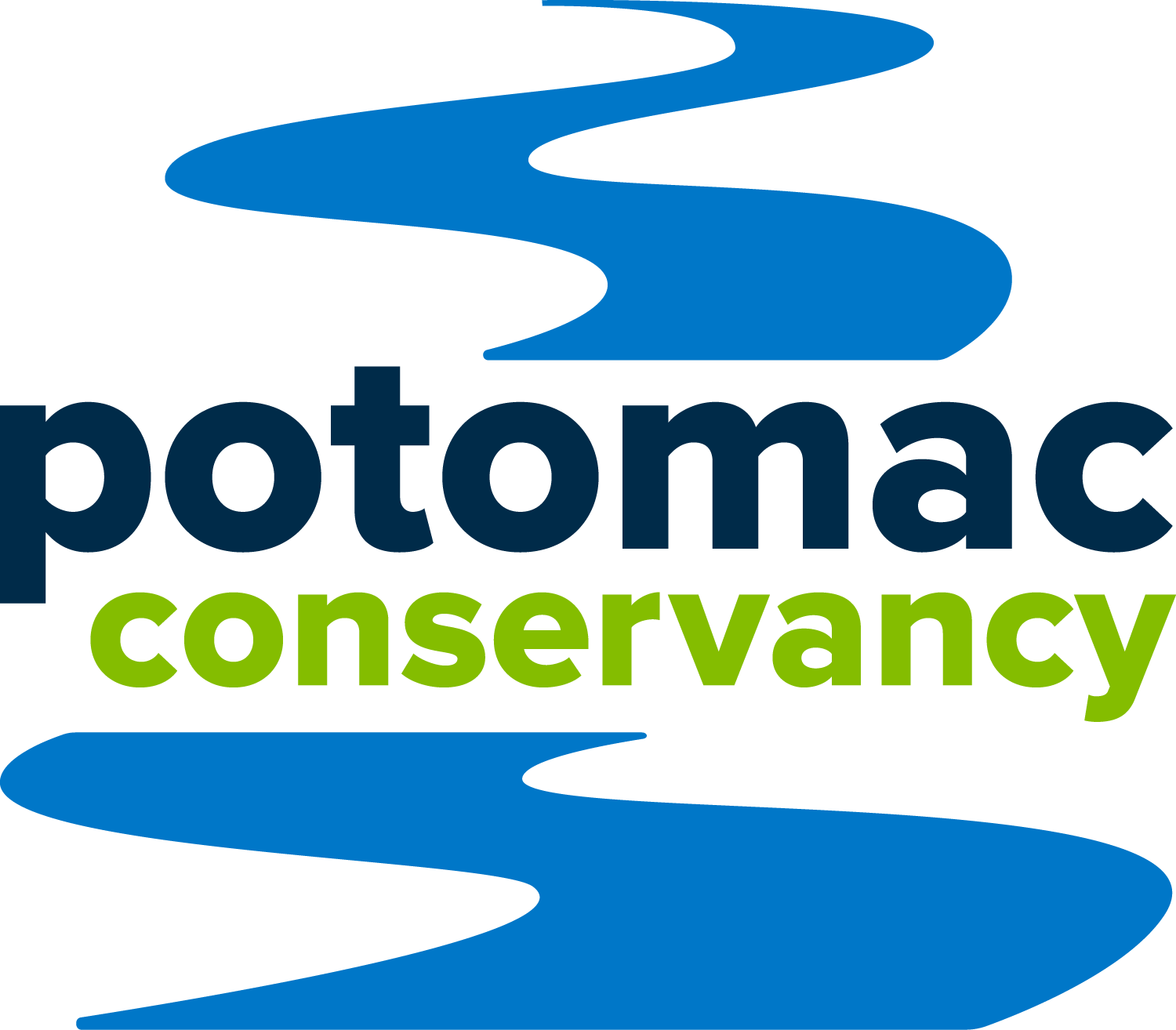Guest Post: Federal Court Upholds Chesapeake Bay Restoration Plan
/Ridge Hall, Vice Chair Chesapeake Legal Alliance
On July 6 the United States Court of Appeals in Philadelphia upheld the multi-state clean water restoration plan that the EPA and the Bay states developed under the federal Clean Water Act. The plan faced challenges from the American Farm Bureau Federation, the National Association of Homebuilders, and other trade associations.
The restoration plan is technically known as a “total maximum daily load” (TMDL) because it caps the amount of a pollutant that can be discharged into a body of water at a level that won’t cause harm to human health or the environment. In this case, the specific pollutants targeted by the TMDL are nitrogen, phosphorus, and sediment. Nitrogen and phosphorus can cause algae blooms that suck the oxygen out of water, creating “dead zones” where fish and other organisms cannot survive. Sediment pollution can bury and kill oysters and other creatures that live on the bottom of bodies of water and starve them of vital sunlight.
An algae bloom covering a pond in Virginia.
The Chesapeake Bay TMDL provides the legal and strategic foundation for restoration efforts that are being carried out by federal, state, and local agencies in addition to individuals and private organizations, such as Potomac Conservancy.
It covers the entire Chesapeake Bay watershed, consisting of parts of Maryland, Virginia, Delaware, Pennsylvania, West Virginia, New York, and the District of Columbia. It is the biggest TMDL ever issued, covering some 64,000 square miles and 17 million people. It was issued by EPA, in consultation with the states, in December 2010 after 25 years of largely voluntary efforts had failed to halt the pollution that has caused significant deterioration of water quality throughout the Bay and its tributaries.
“The pollution limits not only protect fish, crabs, oysters, and other critters, but also the drinking water millions of people rely on and the rivers, streams, and lakes people use for recreation.”
Once pollutant limits were established for the Bay, states then took the lead in imposing limits on discharges to rivers, streams, and other tributaries. Each state has its own implementation plan. Major sources of pollution include runoff from farming operations and contaminated urban storm water. Urban and suburban polluted runoff is the only major source of nitrogen pollution in the Bay still growing.
The pollution limits not only protect fish, crabs, oysters, and other critters, but also the drinking water millions of people rely on and the rivers, streams, and lakes people use for recreation. These efforts have in turn inspired extensive private sector conservation and cleanup activities.
The Farm Bureau and others who attempted to block the cleanup plan argued that the EPA included more detail in the plan than the Clean Water Act allowed and that restoration should be left to the states. Interestingly it was the Bay states who, in 2006, asked the EPA to take the lead in developing the multi-state plan in light of the complex scientific issues. This also made sense because Maryland and Virginia have no legal authority to require farmers in Pennsylvania to reduce their discharges, which are carried by the Susquehanna River to the Bay and the downstream states. A multi-state solution was essential.
The Farm Bureau claimed that EPA had exceeded its authority by imposing pollution caps on some large dischargers and on categories of discharges, like farming operations and urban and suburban storm water runoff. They also argued that the EPA had exceeded its authority by specifying dates for states to put in place the needed pollution reduction measures (60 percent by 2017; 100 percent by 2025), and by requiring the states to provide reasonable assurance that these measures will be implemented.
The court held that when Congress gave the EPA authority to set TMDLs, it intentionally left it to the EPA to fill in the details, so long as they were consistent with the language and purpose of the Clean Water Act. The Bay Watershed Restoration Plan was upheld, and the good work that so many are doing can go forward full speed.
Ridge Hall is Vice Chair of the Chesapeake Legal Alliance and filed an amicus brief in the litigation on behalf of the City of Annapolis. The views expressed in this article are solely his. He can be reached at ridgehall@gmail.com.


















Public funding and speaking out in support of it are crucial to protecting the Potomac River region. Read on to see how this local organization in Maryland is tirelessly working to improve our waterways with public funding.